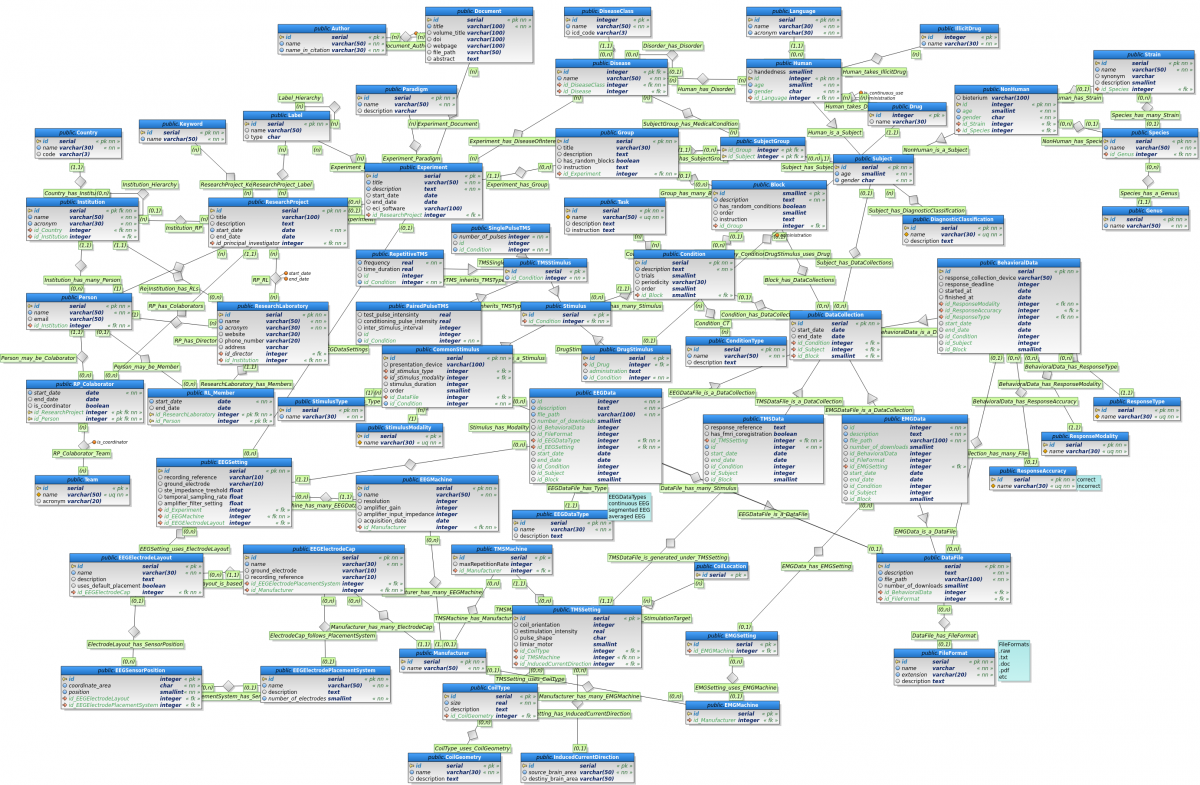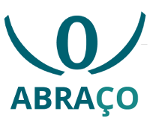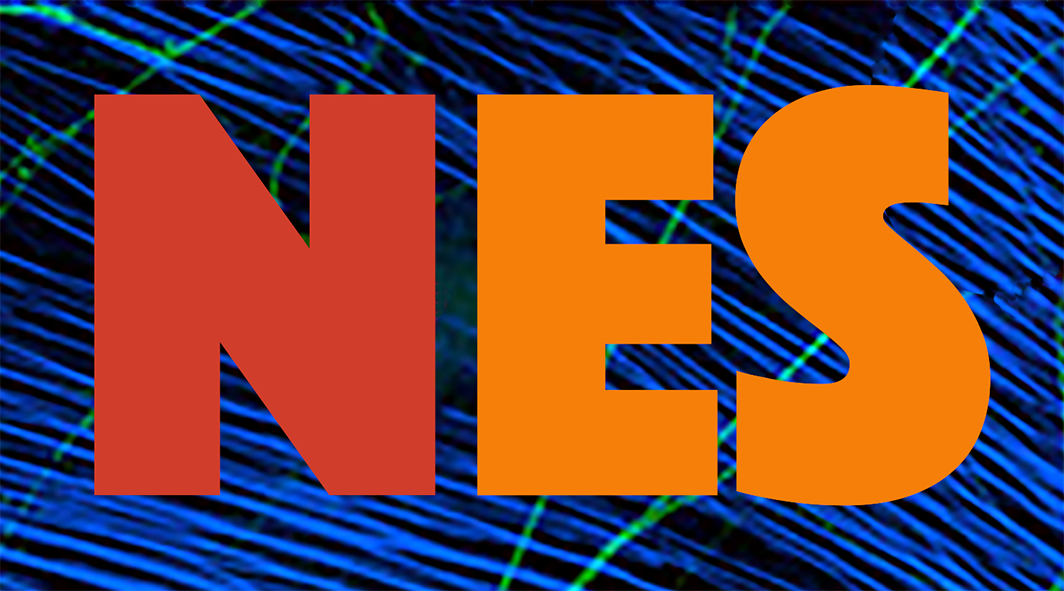
NeuroMat data-management tools to help treating neurological injuries
Feb 11, 2014
Researchers from the Federal University of Rio de Janeiro (UFRJ) and the University of São Paulo (USP) have collaborated to develop open-access, data-sharing computational tools, that could lead to progress in understanding and treating neurological lesions, especially damages of a network of nerves called brachial plexus. The development of these tools remains a keystone in the scientific project of NeuroMat, the Research, Innovation and Dissemination Center for Neuromathematics, that is coordinated by Prof. Antonio Galves and that was established in 2013 at USP, with funding from the São Paulo Research Foundation (FAPESP).
The rate of brachial-plexus lesions has increased in the last decade in Brazil, said Prof. Cláudia D. Vargas, chief of the Neuroscience and Rehabilitation Research Center of the Institute of Neurology Deolindo Couto (INDC/UFRJ) and a NeuroMat principal investigator, according to whom this type of lesions has become a general public-health concern. The brachial plexus is part of the peripheral nervous system and, more specifically, a pathway from brain to shoulders, arms and hands. Motorcycle accidents are a leading cause of injuries of this network of nerves; patients often lose partial or full control over the upper limb.
NeuroMat researchers aim to map how brachial-plexus injuries impact brain functioning and potentially to improve the treatment of such injuries. The development of adequate descriptors of neural functioning has been an important challenge for the research team. “There is no consolidated parameter to report features of neurological lesions. Many doctors and scientists doing their own work are using their own methods of coding and describing,” said Prof. Vargas. “Since methods vary so much, one can expect different results, that have no scientific significance. We hope to provide a common ground for reporting patient data.”
The INDC/UFRJ patient database includes life-history, medical and physiotherapeutic information over long periods of time. Around twenty researchers –considering senior investigators, students and staff members– are involved in collecting patient information. Electroencephalography (EEG) recordings and data from other noninvasive, neuroimaging techniques are also recorded in the database. Methods to measure brain activity have been the object of a recent publication of a research team that Prof. Vargas led: “Biological Motion Coding in the Brain: Analysis of Visually Driven EEG Functional Networks” (dx.plos.org/10.1371/journal.pone.0084612). The Neuroscience and Rehabilitation Research Center has been awarded grants from the Rio de Janeiro Research Foundation (FAPERJ) and the Brazilian Innovation Agency (FINEP) because of its original line of work.
Patient data include neural recordings before and after treatment, and preliminary research results depict how damaged nerves reconnect to the nervous system after surgical intervention. According to Prof. Vargas, to distinguish significantly between neural signs worth recording and those just echoing in the brain remains a key challenge at this point of her work. The INDC/UFRJ clinical team has worked closely with mathematicians and computer scientists to improve recording tools and methods.
“A better understanding of brain plasticity, of the capacity of the brain to reorganize its functioning, might lead to new medical and physiotherapeutic strategies to treat injuries of the peripheral nervous system,” said Prof. Vargas. “In general, neuroscientists have put a lot of emphasis on researching the central nervous system, to some extent disregarding injuries in the peripheral system. There is evidence that damages in the brachial plexus have important effects on brain reshaping.”
NeuroMat and data-sharing
The INDC/UFRJ patient database, that is already running, is part of a larger scientific project to develop a public, open-access neuroscientific database. “This project has no equivalent in Brazil,” according to Prof. Kelly Braghetto, head of the NeuroMat database project and professor at USP's Department of Computer Science. In the larger database, researchers across the country, and potentially abroad, would be able to store and share data at no cost. The creation of this database is akin to one of NeuroMat's general goals: to facilitate the joint work of researchers from different fields, such as neuroscience and mathematics.
An important step in the building of such database tools was the establishment of precise and meaningful criteria for data that were worth storing. Along with her research team and professionals at the INDC/UFRJ, Prof. Braghetto was involved in a six-month back-and-forth to decide what the pertaining characteristics of the data were and how they might record them. Collected data are currently being structured in five modules, including characteristics of the research team that collected the data, experiment protocols, electrophysiological data, behavioral data, and research outcomes. The data modules include specifications and descriptions of the content and context of data files. The database should also include “derived data,” that is, results of analyses of “raw data” that are collected.
 |
“The modeling of a database can be seen as a learning process”, said Prof. Braghetto. “In general, there is no consensus on what data should be reported or what standard should be used, and the definition of data requirements becomes an opportunity to establish such standards and create a scientific consensus.” The interviewee stressed that the structure and characteristics of the database are open to changes from future users and should be seen as a continuous work-in-progress, requiring adjustments, especially when other research teams get involved.
The process of data recording also involved creating electronic surveys to collect study-specific data from patients. This computational tool is currently being used at the Neuroscience and Rehabilitation Research Center. Patient questionnaires were created using the free software LimeSurvey, that was consistent with a tool that was created to ensure confidentiality of patient data. A forthcoming step in the process of data recording is to connect survey data directly to the broader database.
Next steps in the building of NeuroMat's database are data storage, manipulation and sharing. Data storage relates to maintaining an efficient and safe means of storing data. Data manipulation refers to searching, updating and generating reports from the data. Data sharing is the final step of building the database, and is connected to the idea of releasing the database for free use, initially to members of NeuroMat in other research groups and later to the general public.
Researchers at USP's Bioscience Institute have signaled their interest in being involved in NeuroMat's larger database and data-sharing project. Scientists from the Lucy Montoro Rehabilitation Center (USP) and the Brain Institute, at the Federal University of Rio Grande do Norte (UFRN), could also take part of the project in the short run.
Prof. Braghetto said she expected to submit in 2014 at least two scientific papers for publication pertaining to the building of NeuroMat's database. According to her, one article could cover the standards and data requisites that were agreed on in the work with the INDC/UFRJ. A potential second article could present how user-friendly tools to create and manage electronic surveys impact the routine work in a research laboratory.
This piece is part of NeuroMat's Newsletter #1. Read more here
Share on Twitter Share on Facebook| NeuroCineMat |
|---|
|
Featuring this week: |
| Newsletter |
|---|
|
Stay informed on our latest news! |
| Follow Us on Facebook |
|---|




